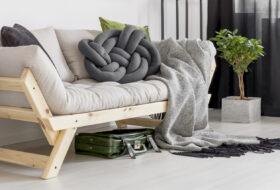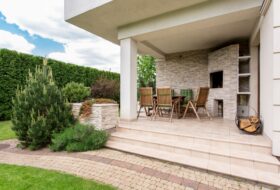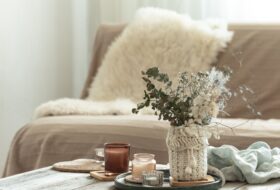- Any questions?
- info@homeimprovementtraining.com
The 7 Elements of Design are foundational to every home staging.
Home staging is the process of preparing a private residence for sale in the real estate marketplace.
The aim of home staging is to make a home attractive to lure the highest number of potential buyers, thereby selling the property more quickly and for a higher price.
Staging involves improving and highlighting the positive features of a house. After all, when it comes to selling your home, nothing matters more than giving potential buyers the right impression in purchasing a home that has been meticulously prepared and brought to its full potential?
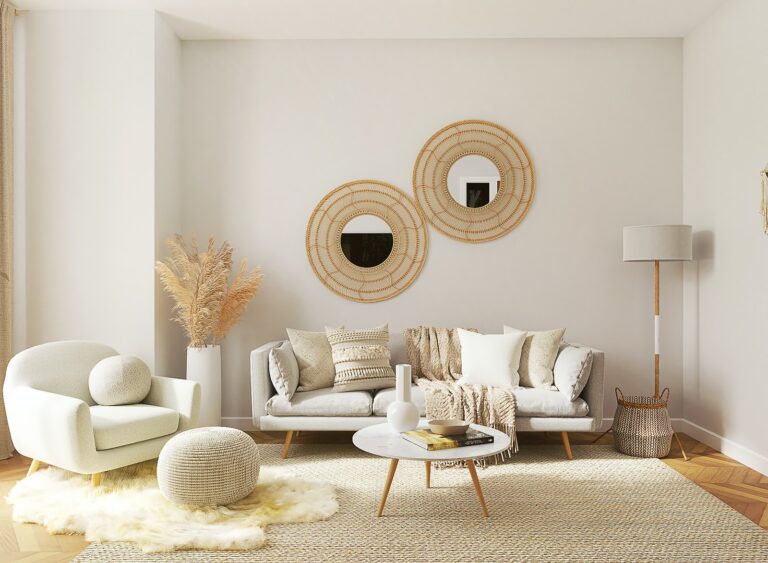
At first glance, staging a home might seem like a daunting task. How do you prepare your beloved home for sale in the real estate market?
By following the 7 Elements of Design guidelines and enrolling in Home Improvement Training Course for the DIY homeowner, you can make your home more appealing to the homebuyer’s market and increase your chances of selling your property quickly and for top dollar.
The 7 Elements of Design are:- (1) light; (2) space; (3) lines; (4) form; (5) colour; (6) texture; and (7) pattern.
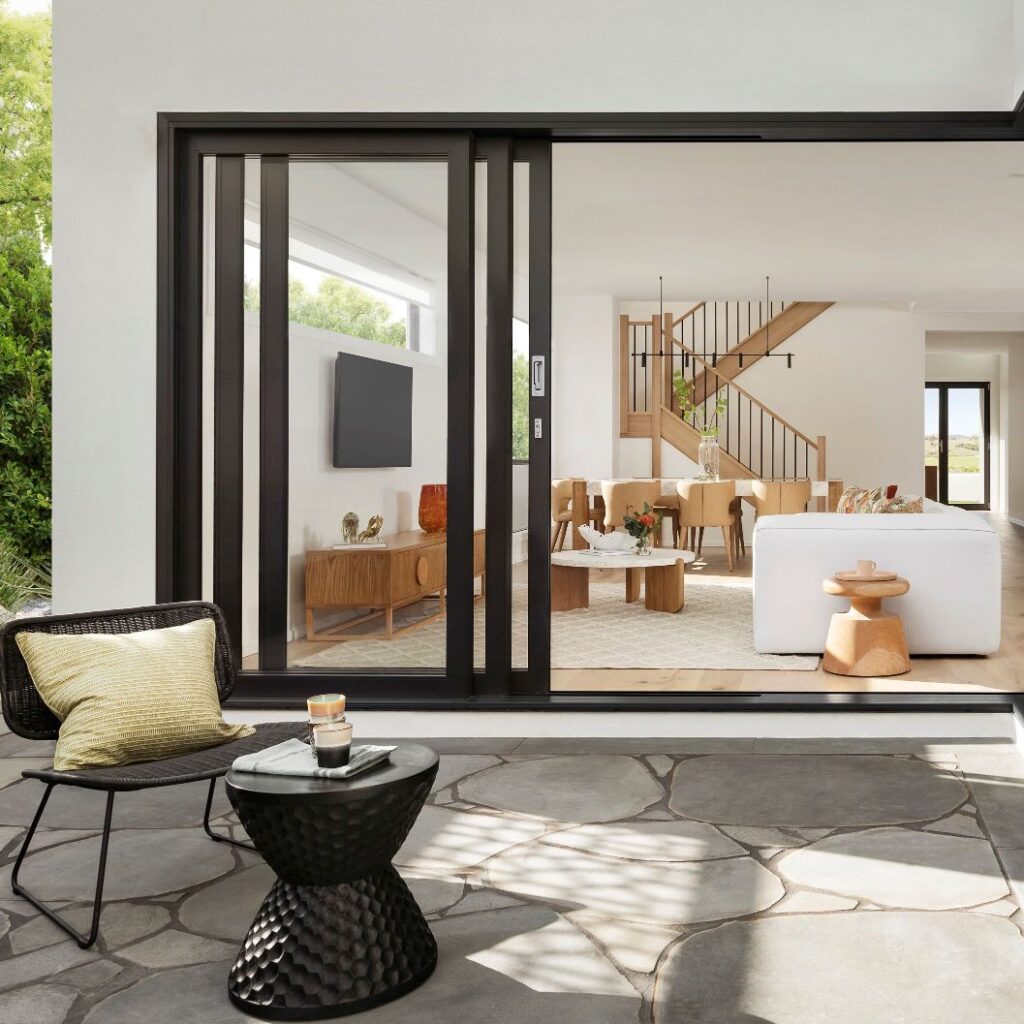
“Light is the first element of design; without it, there is no colour, form, or texture.” Thomas E. Farin
As a homeowner selling your home, it’s important to be aware of how light affects our perception of space. The quantity and quality of light within an area can influence how potential homebuyers see your home. External sources such as the time of day and the season influence natural light, so be mindful of this when choosing colours for your home and when styling your home for sale.
Light plays a role in setting the overall mood and ambiance of the space. Artificial light from a floor lamp or downlight can help to brighten darker areas and make them more inviting. Therefore, when staging your home for sale, it’s worth considering how light can be used to the best advantage.

When it comes to space, balance is key. If you’re selling your home, it’s important to create a balance of positive and negative space which will make your home more inviting to buyers.
Positive space is the area containing objects, while negative space is the vacant area between objects. A good way to achieve this balance is to think about furniture placement in the living and dining areas, around a bed, or in any other space in your home. Avoid obstructing entryways, exits and areas where traffic is the most prevalent.
Another important aspect of space is height. This is something that we often don’t think about, but it can make a big difference in the look and feel of a space. Utilizing items of varying heights can add dimension and interest to any room. Try using items such as accessories, mirrors, furnishings, curtains, plants, and artwork at different heights to create diversity and fluidity.
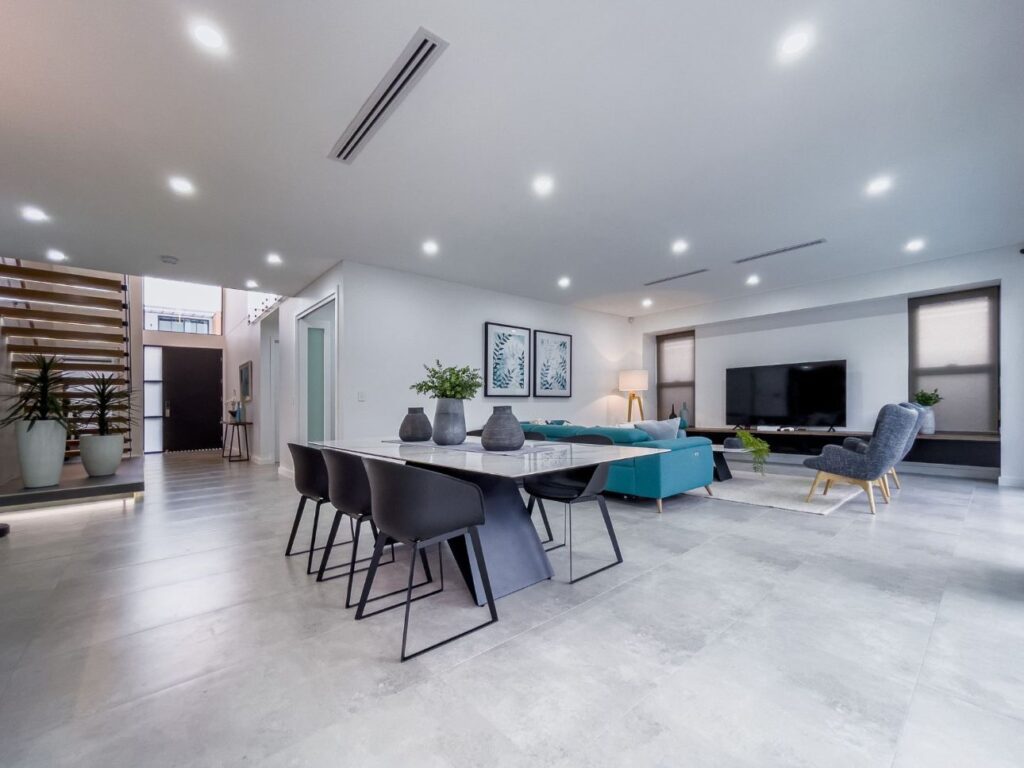
“Decorating is autobiography.” (Gloria Vanderbilt)
Lines are an important element when staging a home for sale. They have position and direction in space. They can be vertical, horizontal, or dynamic (e.g., zig-zags)
Lines create illusions within a space. Horizontal lines make a room appear wider and create a feeling of security. Vertical lines are expressive and bold and make a room appear higher.
Lines are one of the basic elements of design and can be used to create a sense of balance in a space. Property stylists are aware of this fact and often use lines strategically to direct the eye toward important selling features in a home. For example, vertical lines can be used to draw attention to the artwork above a fireplace, while horizontal lines can be used to emphasize the length of a dining table (a table runner across the length of the table).
By carefully considering the placement of lines, property stylists can create environments that feel both inviting and stylish and appealing to buyers.
Dynamic lines on the other hand do not conform to the norm. They express movement, energy, and interest.
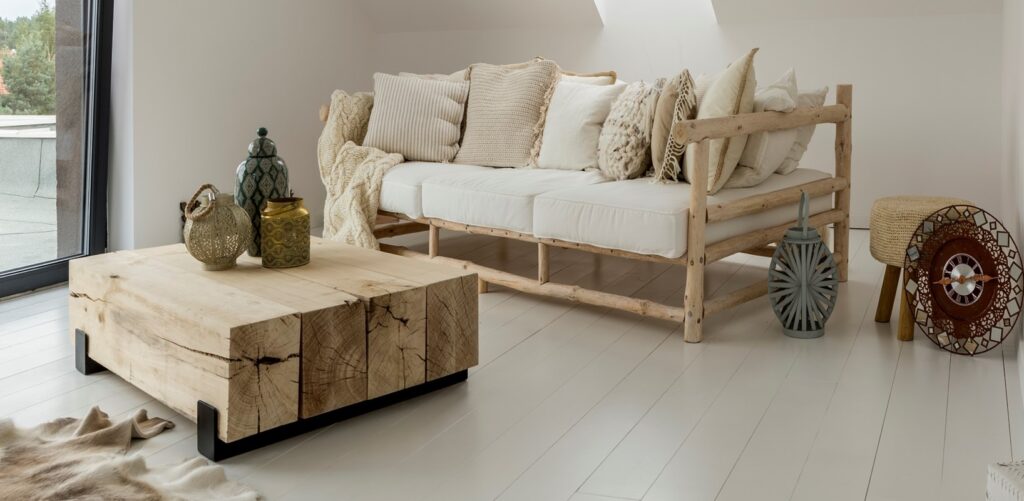
Forms describe the contours of a three-dimensional object. i.e., having length, width, and depth. They could either be geometric (mathematically precise) or free-form, created by nature.
When it comes to styling your home, balance is key. Too many geometric forms can make an area feel “boxy”, while too many organic shapes can make it feel too busy. The right mix of forms – whether they’re geometric or free-form – can give your home the perfect look and feel. So don’t be afraid to experiment with different shapes and forms when styling your space.
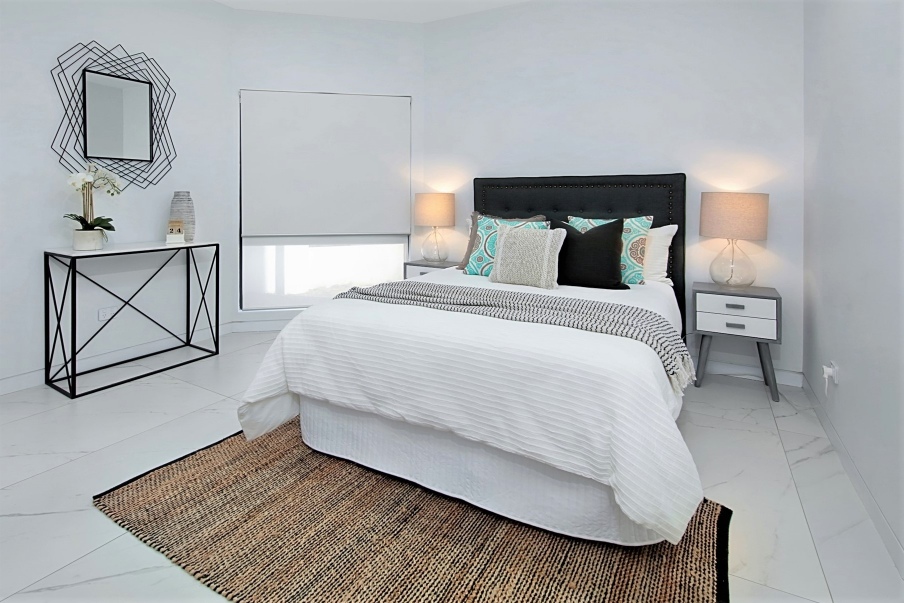
Staging is a Feeling – Barb Schwarz
For property stylists, and homeowners selling their homes, it is important to stage the home in a way that is inviting and calming for potential buyers. With a staged home the potential buyer can envision themself living in your home.
One way to do this is by using soft, neutral colours throughout the space. Blue and green are two great options for creating a serene atmosphere. If you want to add a pop of colour, consider using a light accent colour that complements the softer tones in the room.
By carefully selecting the colours used in your home, you can help create an inviting environment that potential buyers will feel comfortable in.
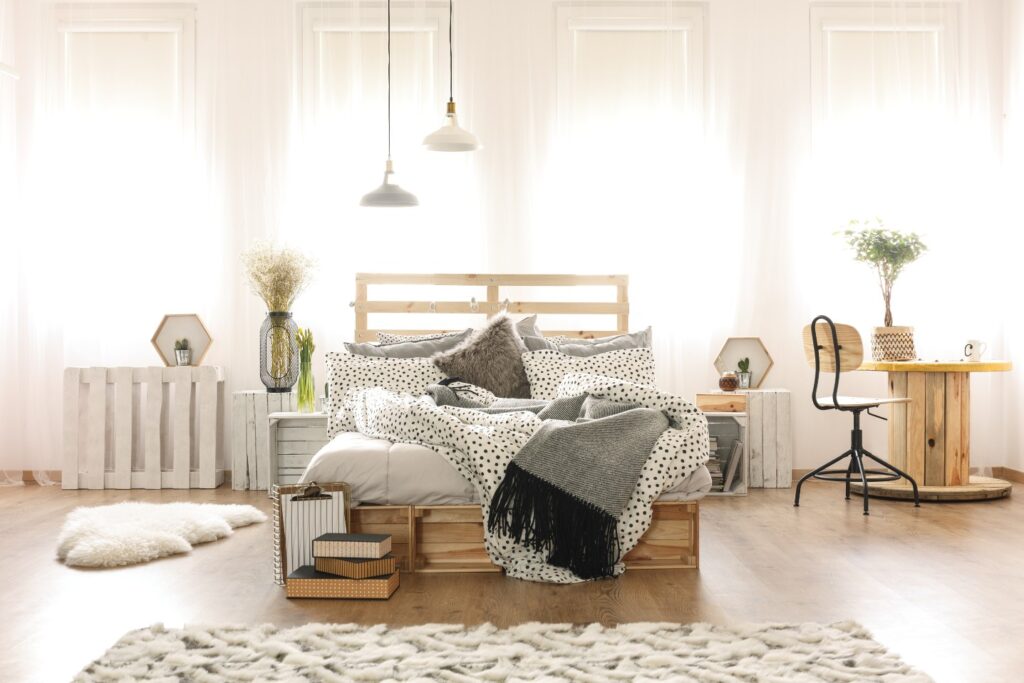
Textures are the way an object feels to the touch or by observing it. For example, a brick wall does not have a smooth finish (texture observed) and it is rough to the touch.
Different textures are used to create visual interest in an area. Using items of wood, metals, and different fabrics/materials are all great ways to achieve this.
Contrast is key. Mixing different textures creates interest and visual impact, so don’t be afraid to mix smooth surfaces. Textures add depth and interest to a space, making it feel more inviting. They can also help define a space and give it a certain feeling. For instance, using rough textures like stone or wood can give a space a more rustic feel, while smooth textures like glass or steel can give it a more modern feel.
Study this image and count how many different textures you can see.
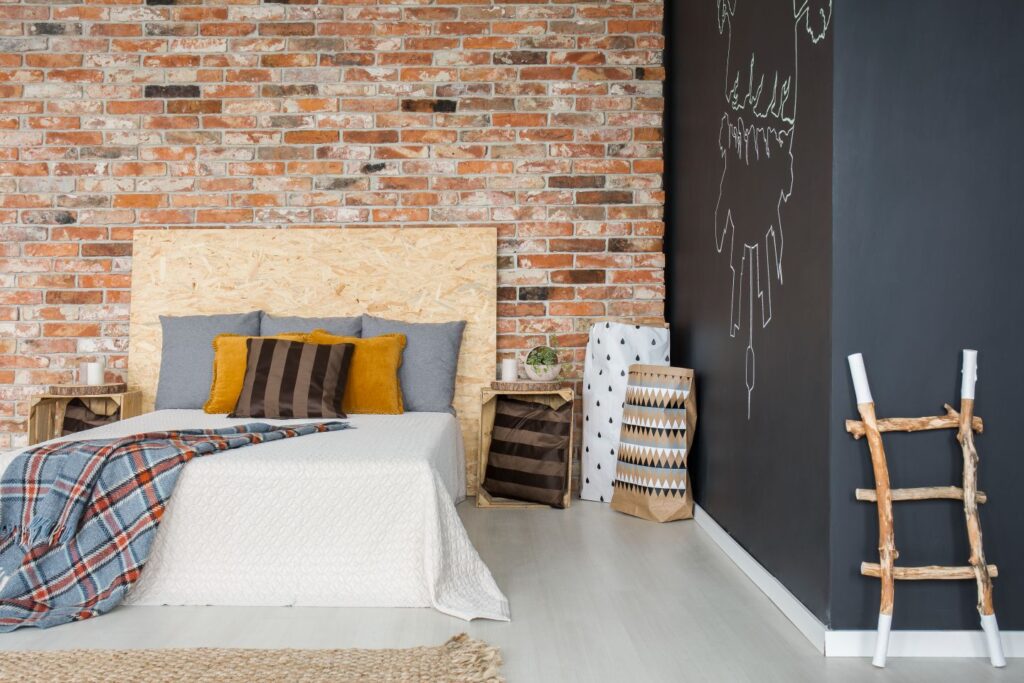
Patterns are a repetition of shapes, lines, and designs. Patterns are a great way to make your space interesting and compelling. There are occasions where the pattern coincides with texture, e.g., decorative cushions and rugs.
Too many patterns in a room can look too chaotic. Use them strategically for emphasis or areas that you want buyers’ eyes drawn toward instead!
Use patterns to draw attention to a focal point or area.
If you have more than one item with the same pattern, consider placing one of the items at a different angle.
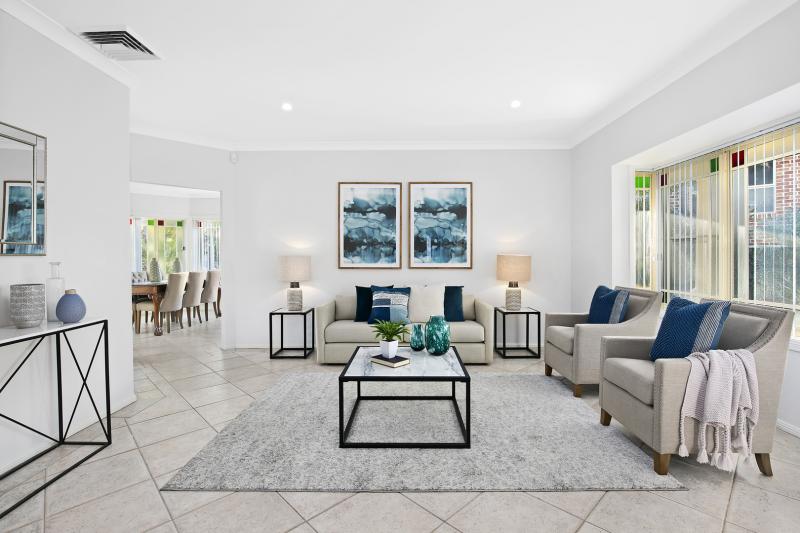
So, if you’re looking to sell your home in the near future, be sure to give these guidelines a try. By following the 7 Elements of Design and applying some simple tips for staging, you can create an attractive space that will appeal to potential buyers.
And who knows? You might just end up selling your home faster and for more money than you ever thought possible. If you need help getting started, be sure to check out our online courses.
We have everything from advice on how to stage your living room to tips for dressing your bed like a pro. With our help, you can achieve amazing results with minimal effort – so what are you waiting for? Start staging today!
